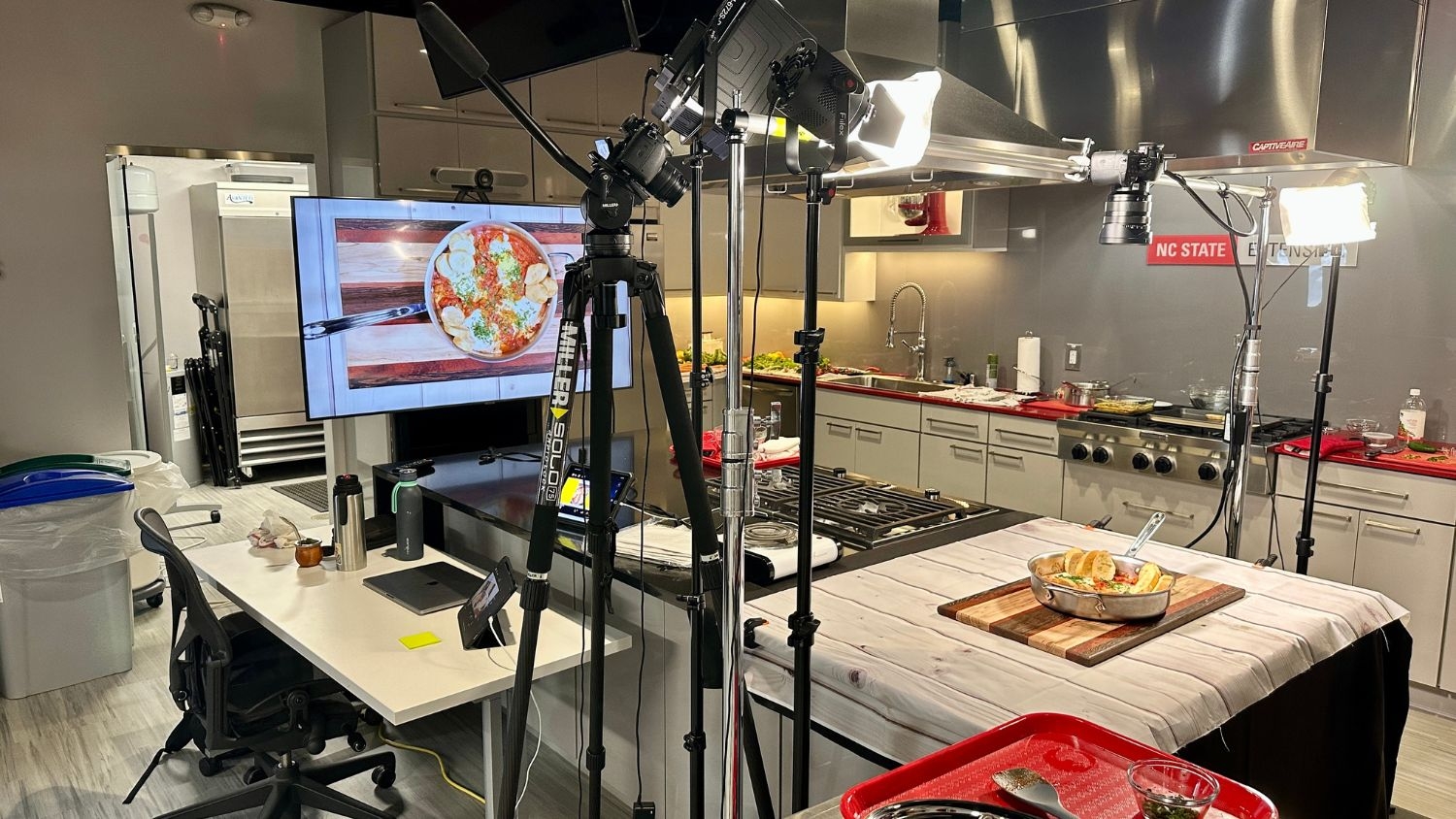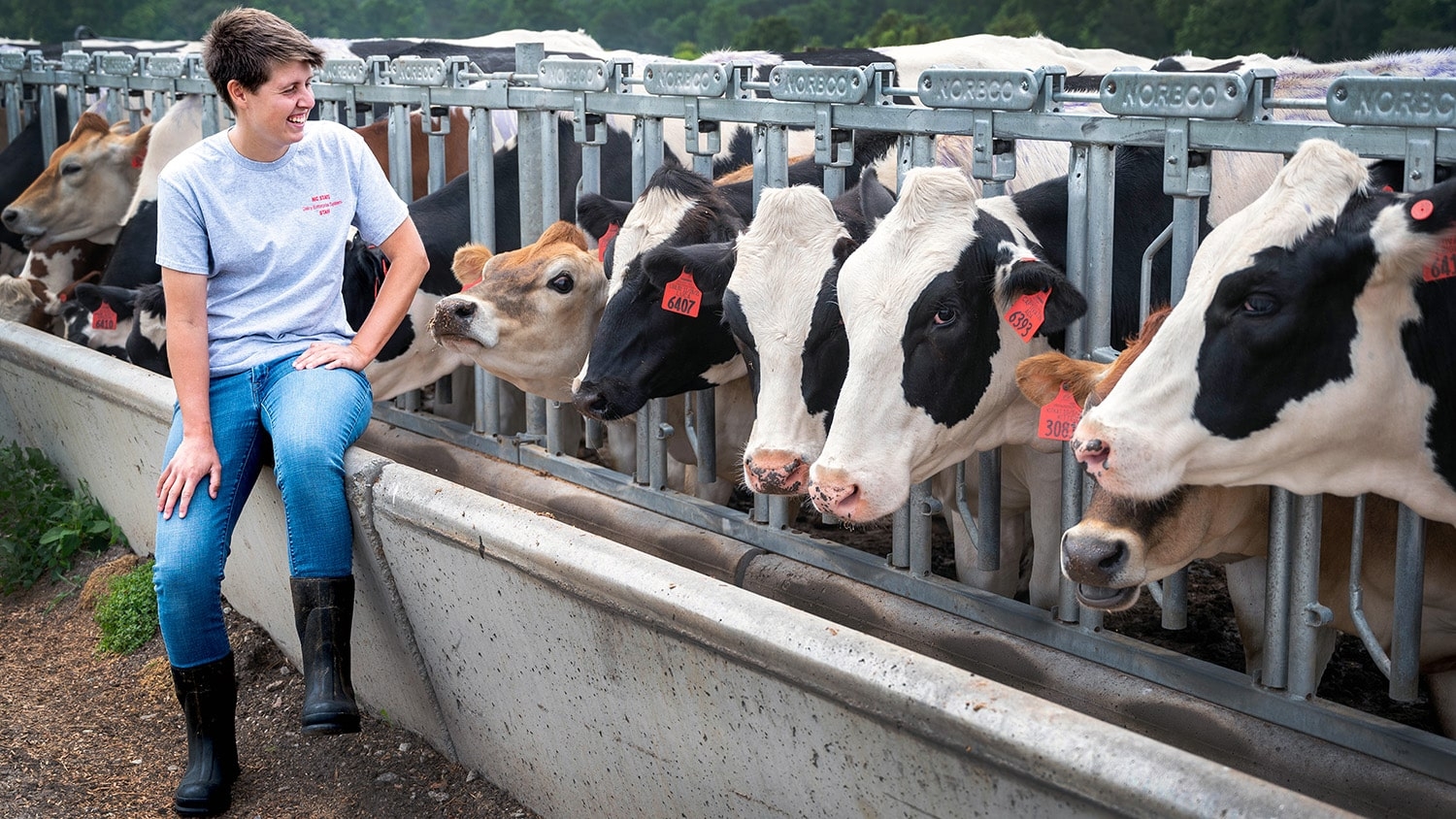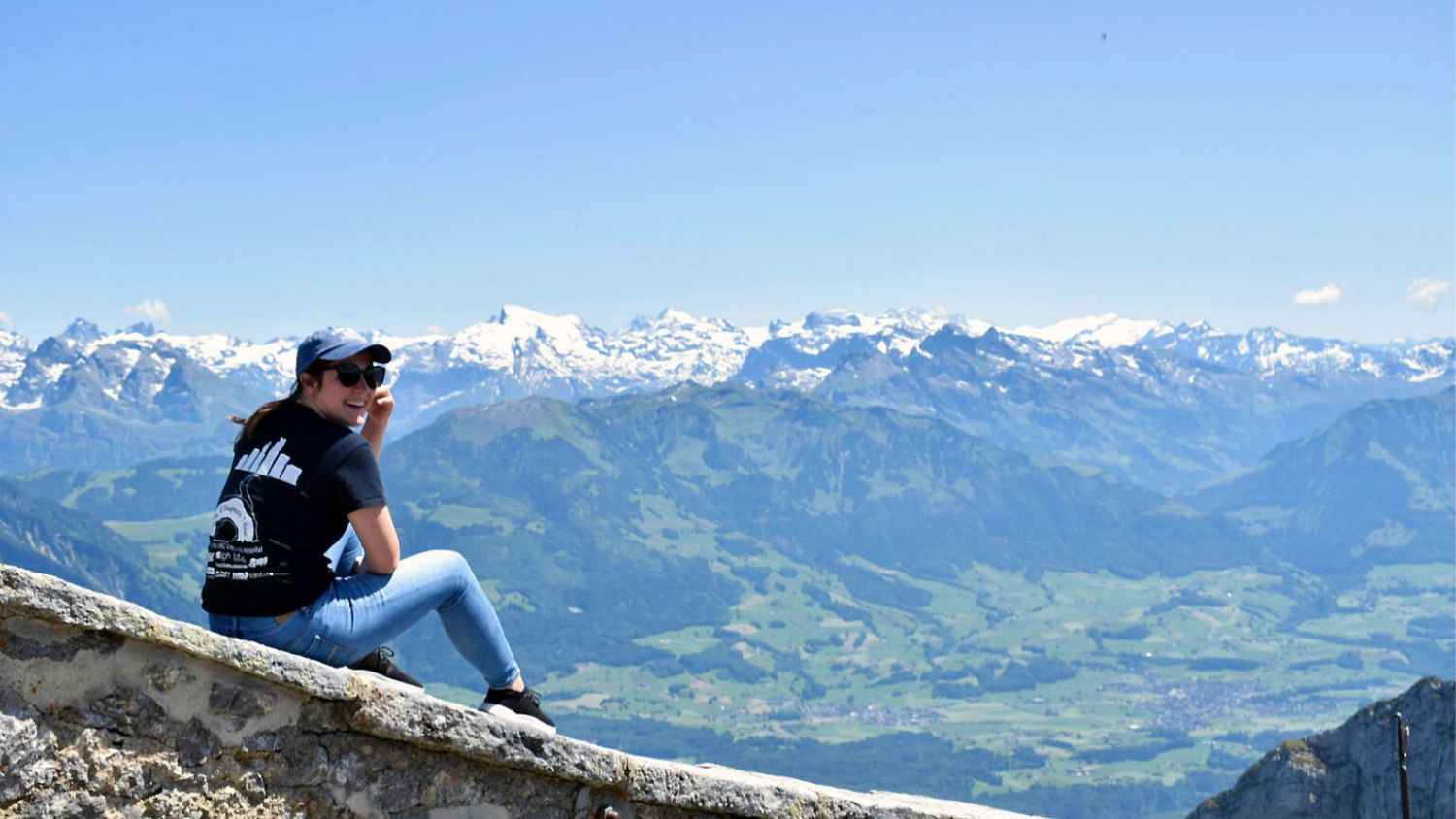Student Spotlight: Juan Ascencio Makes His Mark In Meat Contest

In the world of charcuterie – the art and science of making cured meat products – there’s no bigger, more important trade meeting than one known simply as IFFA. When the event gathers more than 60,000 people from around the world in May, CALS’ own Juan Ascencio will be among them.

A master’s student in NC State’s Department of Food, Bioprocessing and Nutrition Sciences, Ascencio will be honored for winning five gold medals, a silver and a bronze at the German Butchers’ Association and the American Association of Meat Processors’ Quality Competition for Sausage and Ham. The contest took place in Wisconsin in late January.
Ascencio prepared summer sausage, liverwurst, Italian dry salami, two Spanish chorizos, knockwurst and frankfurters for the competition. All were rated for appearance, consistency, smell and, of course, taste.
With guidance from Professor Dana Hanson, Ascencio received perfect scores for each of his entries that won gold medals. Thanks to his performance, NC State will be recognized in Frankfurt with the prestigious Cup of Honor for Special Achievements.
The experience, he said, is giving him a good head start toward his ultimate goal of working in the meat processing industry.
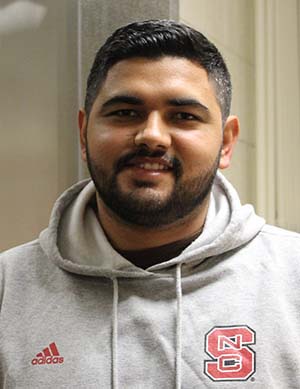
What is charcuterie?
Charcuterie covers almost everything in processed meat — it could be just a regular sausage or it could also be a salami. The products that we sent for the competition were hot dogs, another one was a liverwurst, which is basically a sausage made out of liver and pork. And then we had Italian dry salami and Spanish dry chorizo.
How did you get involved in charcuterie?
I lived almost half my life in Mexico. My dad always had livestock, so I was always around pigs and cows. That was when I started developing a passion for the process of growing the animals all the way until they’re made into food products. When I did my undergraduate degree at California State University Fresno, I started working at the meat lab. That’s when I started asking questions and finding out more about meat science.
What led you to NC State?
Dr. John Henson, head of the Meat Science Department at Fresno State, has a lot of experience in the Italian dry salami industry. While working for him at the Meat Lab, I was exposed to making and selling Italian dry salami along with other meat products. However, it wasn’t until we had a Salami 101 workshop when I met Dr. Hanson from NC State and found he was also had extensive experience in salami and meat science, in general. That’s when I wanted to dig more into meat science and study here, under Dr. Hanson.
What does your NC State research entail?
My research is going to focus on the difference in the use of hardwood versus wood chips to make meat products. We’ll see if people prefer the flavor that the hardwood makes versus the chips or the sawdust. We’re also trying to see the flavor profiles that people like with smoked products. Although barbecuing and Dr. Hanson’s BBQ Camp are really popular right now, there’s not a lot of research out there about barbecue and smoking products.
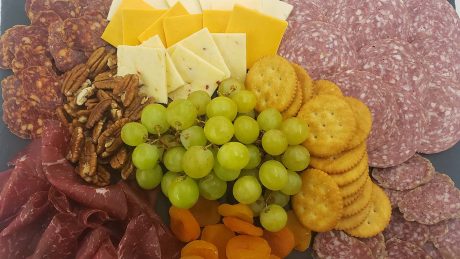
What do you hope to get out of your travel to Germany?
I have never been to Germany, or to Europe for that matter. … I know the environment in the meat industry here in the United States, and I just want to know how the meat industry is internationally. I want to see if there are differences or similarities. It’s also a chance to get to know about different equipment I haven’t been exposed to yet and to network with others who work in the meat industry around the world.
Is there anything else you want readers to know?
It’s important for me to thank Dr. Hanson for giving me the opportunity to make the products and for believing in me. I would also like to mention that a master sausage maker from Germany – his name is Gerhard G. Wolf — helped me make the liverwurst and the hot dogs. He knew a lot more than I do about the liverwurst and other German products. He spent one day here in the meat lab to make the liverwurst and the hot dogs. So through the competition, I not only received awards and the opportunity to go to Germany, but also met someone who has many years of experience in the meat industry.
Another thing is I really like about educating people and telling them facts about food, because among a lot of consumers there’s a disconnect with the food industry in general and especially in the meat industry.
There are a lot of myths that are out there: Some people don’t eat processed meat because they think we put bad substances in it, or they are concerned about animal welfare. But in reality, animal welfare is one of the most important things in the meat industry is animal welfare, and everything we use to make meat products has to be approved by the U.S. Department of Agriculture. There’s just a lot of misunderstanding between consumers and producers, and I would like to close that gap.
You can make a difference in the lives of students like Juan.
This post was originally published in College of Agriculture and Life Sciences News.
- Categories:
